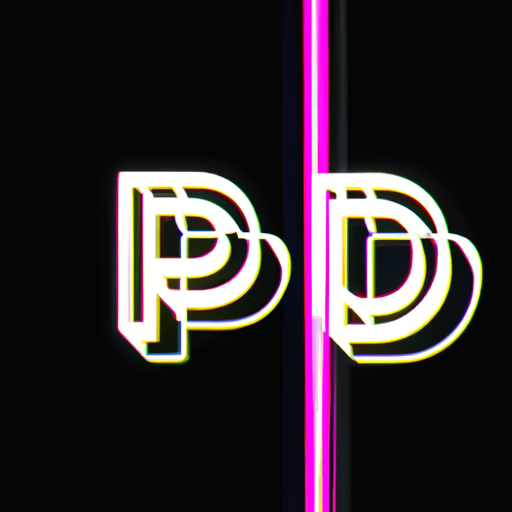
-
Table of Contents
Artistic Approaches to Logo Design

Logo design is a crucial aspect of branding and plays a significant role in creating a visual identity for a company or organization. A well-designed logo can communicate the essence of a brand, evoke emotions, and leave a lasting impression on the audience. While there are various approaches to logo design, this article will explore the artistic approaches that designers can employ to create compelling and memorable logos.
The Importance of Artistic Elements in Logo Design
Artistic elements in logo design can add depth, creativity, and uniqueness to a brand’s visual identity. By incorporating artistic techniques, designers can create logos that stand out from the competition and resonate with the target audience. Here are some reasons why artistic elements are essential in logo design:
- Expressing brand personality: Artistic elements allow designers to visually represent the personality and values of a brand. Whether it’s through the use of color, typography, or imagery, artistic choices can convey emotions and create a connection with the audience.
- Creating a memorable impression: Artistic logos have the power to leave a lasting impression on viewers. By utilizing unique and creative design elements, a logo can become instantly recognizable and associated with the brand it represents.
- Standing out from the competition: In today’s crowded marketplace, it’s crucial for a brand to differentiate itself from competitors. Artistic logo design can help a brand stand out by offering a fresh and innovative visual representation.
Artistic Approaches in Logo Design
Now that we understand the importance of artistic elements in logo design, let’s explore some specific approaches that designers can take to create visually appealing and impactful logos:
Minimalism
Minimalism is a popular artistic approach in logo design that focuses on simplicity and clean lines. By stripping away unnecessary details, minimalist logos can convey a brand’s message in a concise and elegant manner. Some famous examples of minimalist logos include the Nike swoosh and the Apple logo.
Benefits of minimalistic logo design:
- Enhances brand recognition by creating a simple and memorable visual identity.
- Ensures versatility and scalability across different mediums and sizes.
- Allows for easy reproduction and recognition in various color schemes.
Typography
Typography plays a crucial role in logo design, and it can be an artistic approach in itself. By carefully selecting and customizing fonts, designers can create logos that convey a brand’s personality and evoke specific emotions. Typography can be used to emphasize certain words or letters, create visual interest, or establish a unique visual identity.
Examples of typography-focused logos:
- The Coca-Cola logo, with its iconic script font, represents a classic and timeless brand.
- The FedEx logo, with its hidden arrow, showcases the clever use of negative space and typography.
Illustration and Imagery
Using illustrations and imagery in logo design can add a touch of creativity and storytelling to a brand’s visual identity. By incorporating unique and visually appealing illustrations, designers can create logos that capture the essence of a brand and communicate its values effectively.
Examples of logos with illustrations and imagery:
- The Twitter logo, with its iconic bird illustration, represents the brand’s core concept of communication and connection.
- The WWF logo, with its panda illustration, symbolizes the organization’s commitment to wildlife conservation.
Case Studies: Successful Artistic Logo Designs
Let’s take a closer look at two case studies of successful artistic logo designs:
1. Airbnb
Airbnb’s logo is a prime example of an artistic approach that successfully captures the essence of the brand. The logo features a simple, yet unique, symbol known as the “Bélo.” The Bélo represents belonging, and it combines elements of people, places, love, and Airbnb’s initial “A.” The logo’s artistic design evokes a sense of community, adventure, and trust, which aligns perfectly with Airbnb’s brand values.
2. Starbucks
Starbucks’ logo is another iconic example of an artistic approach in logo design. The logo features a twin-tailed mermaid, known as a siren, surrounded by a circular green background. The artistic illustration represents the brand’s heritage and connection to the sea, as well as its commitment to providing high-quality coffee. The logo’s artistic elements create a sense of warmth, comfort, and familiarity, making it instantly recognizable and memorable.
Conclusion
Artistic approaches in logo design offer endless possibilities for creating visually appealing and impactful logos. Whether through minimalism, typography, or illustrations, designers can use artistic elements to express brand personality, create a memorable impression, and stand out from the competition. By understanding the importance of artistic elements and studying successful case studies, designers can create logos that effectively communicate a brand’s values and leave a lasting impression on the audience.
